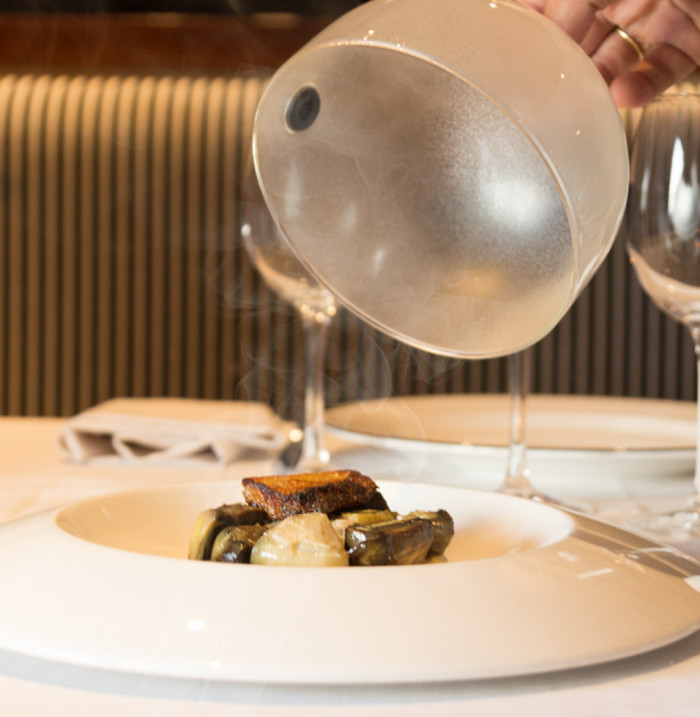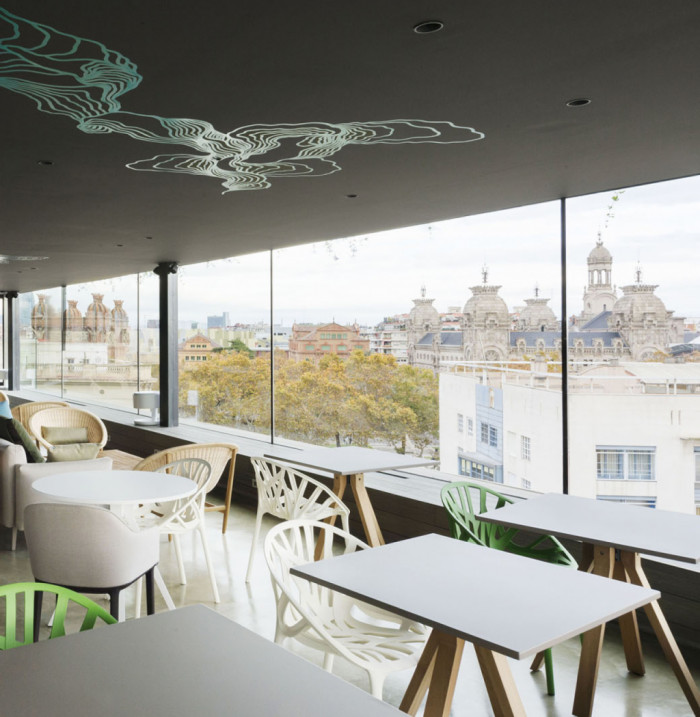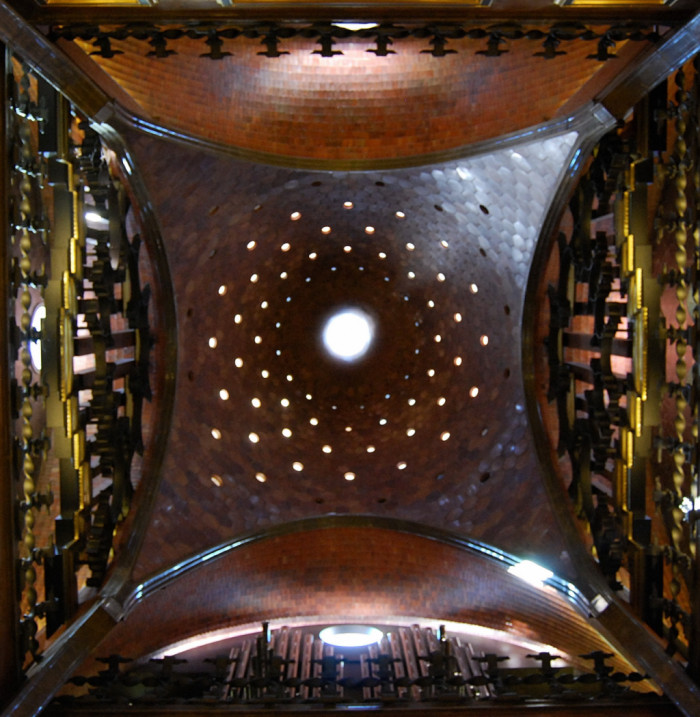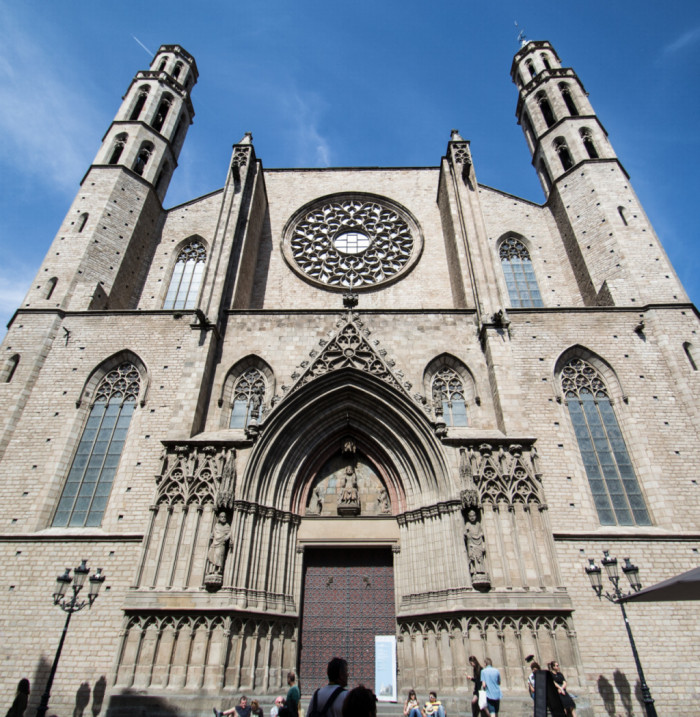- Architecture
- Leisure
- Culture
El Gran Teatre del Liceu constructed in 1847 on the Ramblas of Barcelona, has fulfilled its cultural and artistic function for generations, and is today one of the city’s most prominent landmarks.
This spectacular theater, a relic of the Barcelona bourgeoisie of the 19th century, is a place both to see and be seen.
The building officially opened on April 4, 1847, following the model of the grand theaters of Italy, and was designed to accommodate 4,000 audience members. On April 9, 1861, a fire destroyed a good part of the stage and auditorium. Its record-time restoration was carried out by the world-renowned architect Josep Oriol Mestres.
On November 7, 1893, as a result of mounting social tensions, and amidst a series of workers’ revolts, an anarchist threw two bombs into the auditorium during the second act of Rossini's "Guillaume Tell" opera, killing 20 spectators and injuring scores more. The attack shook the entire city, and for years no one sat in the seats that had been occupied by those who were killed by the bombs.
On January 31, 1994 another fire destroyed almost the entirety of the theater. The central façade and the main vestibule, with its grand staircase and Hall of Mirrors, were virtually all that remained of the structure. Its second reconstruction was carried out according to its original architectural plans. The auditorium, explicitly modeled after Milan’s Teatro alla Scala, was built in a horseshoe shape, spanning five floors of seating. It can now accommodate up to 2,292 spectators, making it one of Europe’s largest performing arts spaces.
The hall’s interior decoration is also a nod to its 1909 renovation, which employed gold- and polychrome-cast plaster, superimposing decorative elements of the period with various aspects proper to European opera houses of the 19th century. Its brass lighting fixtures are cast in the shape of dragons and glass tulips; and the theater’s seats are made of cast iron and upholstered in fine red velvet.










Teatro histórico y precioso. Esta muy bien conservado, excelente sonoridad y atención muy buena. Según qué obra es muy cara la entrada, pero con otras sale más a cuenta. Recomendable. Se puede llegar en metro. Línea 3 (verde), parada Liceu.
El teatro del Liceo es uno de los edificios emblemáticos de la ciudad de Barcelona por su moderno escenario detrás de la vieja fachada y entrada principal. Buen programa anual de ópera, ballet y conciertos especiales.